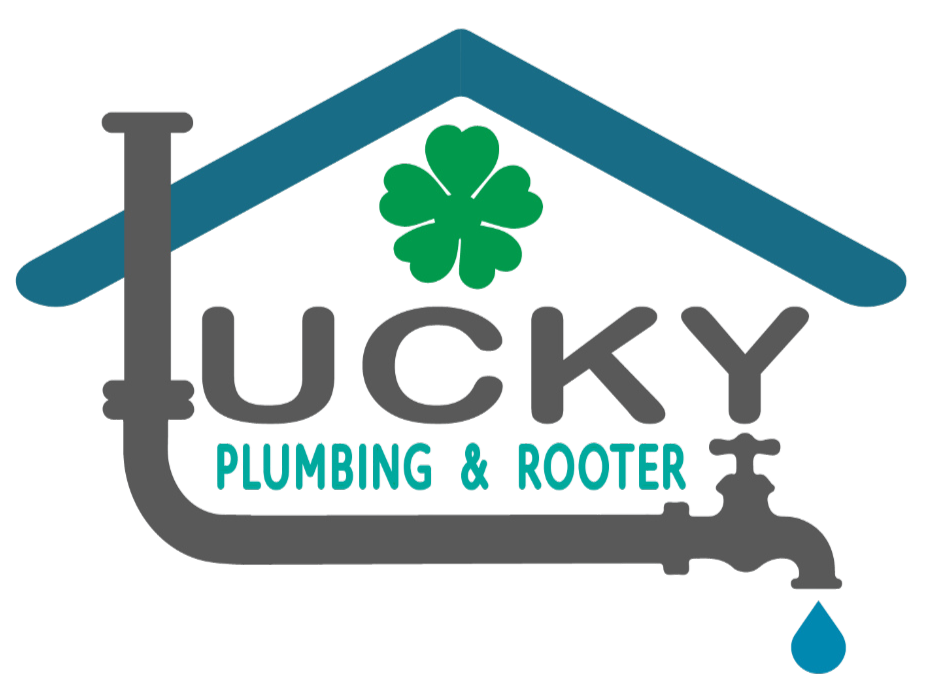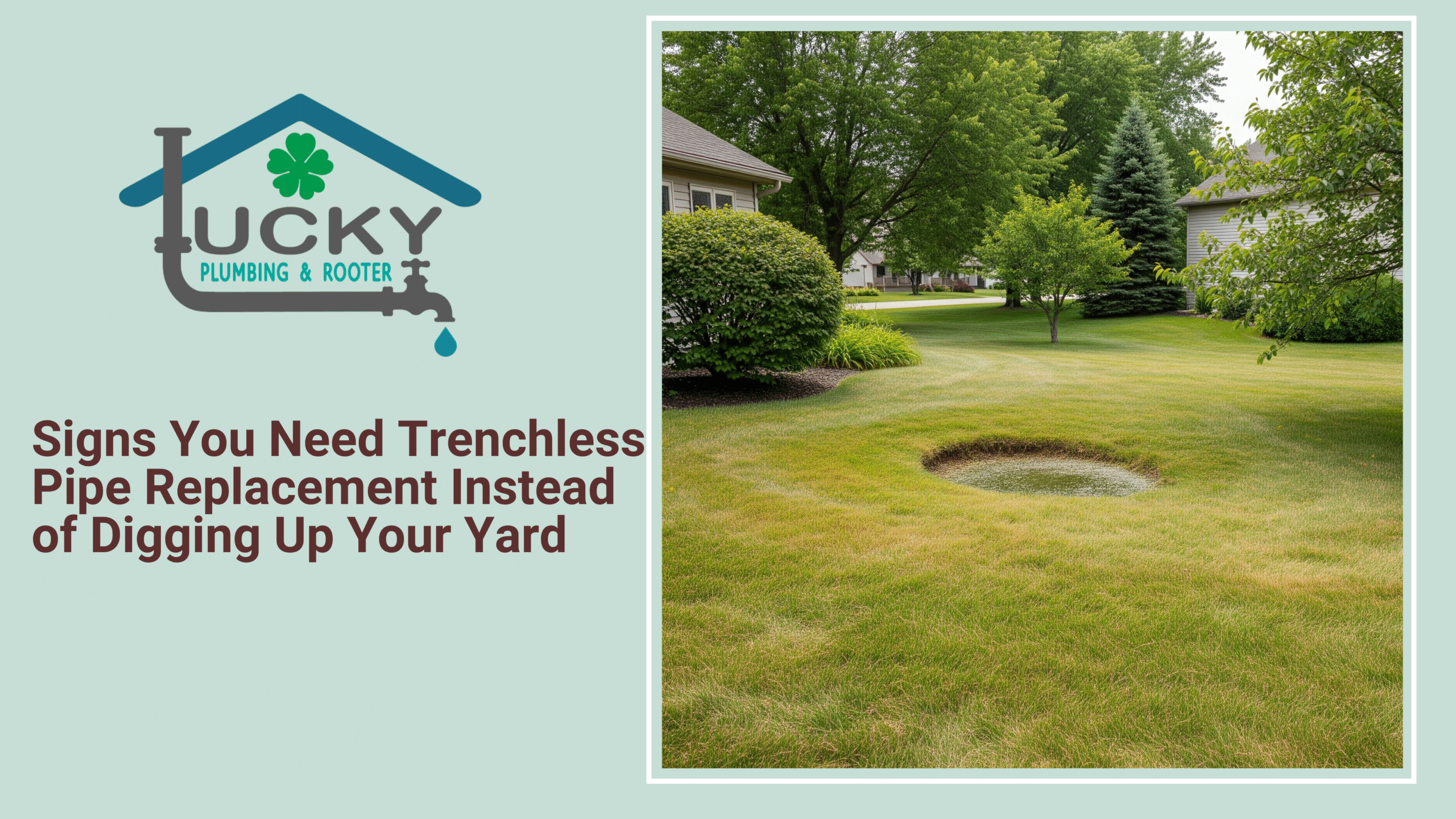Replacing old, damaged pipes used to mean one thing: tearing up your lawn, driveway, and landscaping to lay down new lines. But thanks to trenchless pipe replacement, you can often fix severe plumbing problems without destroying your yard.
The real question is: how do you know trenchless is the right solution? In this guide, we’ll walk through the clear signs that you need trenchless pipe replacement, why it matters, and how it could save you time, money, and frustration.
What Is Trenchless Pipe Replacement?
Trenchless technology replaces damaged underground pipes without major digging. Popular methods include:
- Pipe bursting: Breaking the old pipe and pulling a new one into place.
- Pipe lining (CIPP): Inserting a resin-coated liner into the existing pipe, which hardens to form a new pipe inside.
Both techniques require only small access holes instead of an open trench.
Signs You Might Need Trenchless Pipe Replacement
Not every plumbing problem requires trenchless technology, but here are some common signs it could be your best option:
1. Persistent Sewer Backups or Slow Drains
If your main sewer line frequently backs up despite snaking and hydro-jetting, the problem could be:
- Collapsed or cracked pipes
- Severe corrosion
- Tree root intrusion
In these cases, patching isn’t enough; you’ll likely need full pipe replacement. Trenchless methods replace entire sections efficiently.
2. Large Trees or Expensive Landscaping Above Pipes
Traditional excavation means digging trenches that can destroy:
- Mature trees
- Gardens
- Stone patios or custom hardscaping
If your yard has valuable landscaping or features you want to protect, trenchless replacement keeps disruption minimal.
3. Pipes Located Under Driveways or Sidewalks
Digging under concrete driveways, patios, or sidewalks adds significant cost and inconvenience.
Trenchless pipe replacement avoids tearing up these structures, saving on concrete demolition and replacement.
4. Older Homes with Fragile or Outdated Pipes
Homes built before the 1970s often have:
- Clay pipes
- Orangeburg pipes (compressed wood fiber)
- Galvanized steel pipes
These materials degrade over time and are prone to collapse. Trenchless replacement installs new, durable HDPE or PVC pipes without removing the old ones.
5. Uneven Lawn, Sinkholes, or Soft Spots
If you notice dips, sinkholes, or soggy patches in your yard, it could signal:
- Cracked pipes leaking water or sewage underground
- Soil erosion around the damaged pipes
When damage is severe and isolated to one section, trenchless methods fix only the bad section instead of redoing the entire line.
6. Repeated Pipe Repairs Aren’t Working
If you’ve had to:
- Patch cracks
- Clear tree roots
- Re-seal joints multiple times
… It may be more cost-effective to replace the pipe completely rather than continue repairs. Trenchless replacement handles the underlying issue for good.
7. You Want Faster Completion with Less Disruption
Traditional pipe replacement can take days to weeks. Trenchless replacement often finishes in one to two days, with minimal disturbance to your daily life.
Benefits of Trenchless Pipe Replacement
Protects landscaping and structures
Less mess and shorter downtime
Durable materials that resist corrosion and roots
Cost-effective when factoring in yard repairs
Environmentally friendly (less excavation, waste, and disruption)
When Traditional Digging Might Still Be Necessary
While trenchless technology solves many problems, it isn’t always suitable. Digging might still be needed if:
- The existing pipe has collapsed completely, leaving no clear path.
- The line has significant sagging (“belly”) that can’t be lined or burst.
- Local codes don’t allow trenchless methods for certain repairs.
Always consult a licensed plumber who specializes in trenchless solutions to evaluate your system.
How to Decide: Inspection First
A professional plumber can:
- Use video camera inspections to see the pipe condition
- Identify the location and type of damage
- Recommend the best repair or replacement method
An inspection usually costs far less than digging blindly, and gives you a clearer plan.
Average Costs: Trenchless vs. Digging
| Method | Typical Cost (per linear foot) | Yard/Concrete Restoration Needed? |
|---|---|---|
| Trenchless replacement | $80–$250 | Minimal or none |
| Traditional digging | $50–$200 | Yes; often $1,000s extra |
While trenchless can look more expensive upfront, the savings on landscaping and concrete often make it cheaper overall.
Conclusion
Trenchless pipe replacement is a modern, less invasive solution that can restore your plumbing without tearing up your yard.
If you’re dealing with repeated backups, old pipes, expensive landscaping, or pipes under concrete, it might be the smarter, cleaner option. Talk to a trenchless plumbing specialist and get your system inspected to find the right fix, before the next big backup catches you off guard. Contact us today!






